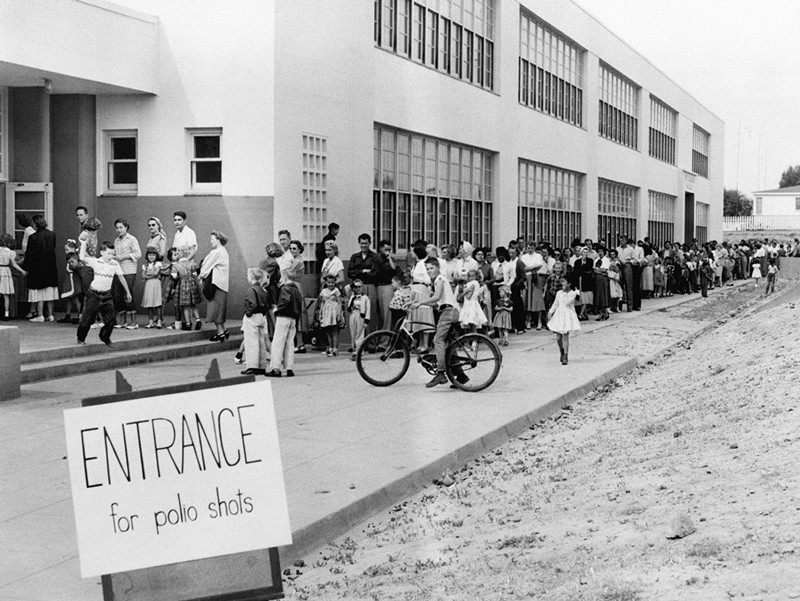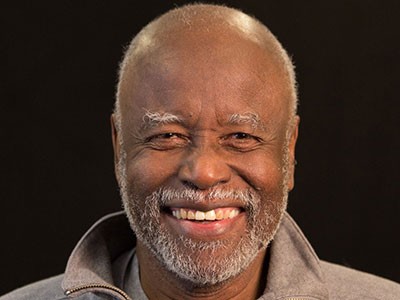You Bet Your Life: From Blood Transfusions to Mass Vaccination, the Long and Risky History of Medical Innovation Paul A. Offit Basic (2021)
Author Paul Offit sits on the US Food and Drug Administration’s COVID-19 vaccine advisory panel. An international expert on vaccine development, he co-invented the rotavirus vaccine. He has written many books, some prophetic — such as his 2010 treatise Deadly Choices: How the Anti-Vaccine Movement Threatens Us All — and is an attending physician in the Division of Infectious Diseases at the Children’s Hospital of Philadelphia in Pennsylvania.
In short, he thinks a lot about the risks and benefits of medical care.
His latest book – You Bet Your Life — couldn’t be more timely. Using the stories of key patients, he weaves a narrative of incredible transformations in medical care that were not easy or safe linear progressions. Charting some of the “greatest advances”, Offit focuses on the long history of mistakes, negligence, paternalism, lack of oversight and the many casualties along the way, including individuals and public confidence.
The book breaks down key developments into three parts, traversing a wide range of medical breakthroughs — from heart transplants and anaesthesia (‘Risk’) to antibiotics and X-rays (‘Oversight’) and, finally, chemotherapy and gene therapy (‘Serendipity’).
The stories are riveting and filled with fascinating details, many from the days before ethics review boards. Offit writes of slightly crazed doctors and dentists playing with anaesthetics; surgeons putting hearts into people with little ability to stop the organs being rejected; and potentially life-saving treatments gone wrong.
A poignant example is the story of folic acid antagonists in chemotherapy. Paediatric pathologist Sidney Farber (founder of the Dana-Farber Cancer Institute in Boston, Massachusetts) read about work in mice published in 1945 that demonstrated a miraculous reduction in cancer through the use of “folic acid”. The words were carefully kept in quotation marks in the early research publications because no one was sure what the extracts being used really contained.
In Farber’s rush to help 11 paediatric patients who were terminally ill with acute lymphocytic leukaemia, he treated them with a purified form of folic acid that he thought would be safer. This was before the bench scientists discovered that the extract they had used to treat mice was, in fact, not pure folic acid, but an antagonist that blocks its effects. Farber had inadvertently hastened the deaths of all 11 children.
In ‘Risk’, Offit describes the desperation of individuals such as Louis Washkansky. Dying of congestive heart failure, Washkansky’s only hope was a new heart. But no human had ever received such a transplant. Out of other options, he chose to go ahead with the surgery by Christiaan Barnard in 1967. Washkansky lived for just 18 days. He was at least aware of the experimental nature of the treatment. Others were not, such as Hannah Greener, a girl who died in the 1840s after being given chloroform, an anaesthetic that was only just coming into use.
It is in the section titled ‘Oversight’ that Offit feels on surest footing, discussing antibiotics and vaccines. In the context of the COVID-19 pandemic, the story of how other vaccines were developed is compelling. Offit centres his narrative around Anne Gottsdanker. In 1955, aged 4, she received the poliovirus vaccine that Jonas Salk had just developed for a world desperate for reprieve from the devastating disease.
In a heartbreaking description, she remembers “lying in the hospital and not being able to move anything”. The Salk polio vaccine required the virus to be killed as part of its production. Through a lack of government oversight and sloppy manufacturing as vaccine production was scaled up, Anne was one of 70,000 people inadvertently given live polio virus. The tragedy, called the Cutter incident after the company that made the faulty doses, left 164 people severely paralysed and 10 dead. (Offit wrote a 2005 book on the episode and on how vaccine safety subsequently improved.)
The final section, ‘Serendipity’, traces work that has led to chemotherapy and gene therapy. Offit is a master at braiding multiple threads of a story, describing the fits and starts of research and the unexpected findings that lead to new treatments. He describes the first person whose tumour was successfully treated with a folic acid antagonist in 1946–47: Babe Ruth, the US baseball star. Such a footnote is a reminder that new drugs often go to the well-connected (recall the cocktail of drugs Donald Trump received as US president when hospitalized with COVID-19).
In the pursuit of exuberant storytelling, some points get exaggerated, and a few facts and dates are off. For example, Offit calls heart transplants today “as common as bypass surgery”, which is far from the case. The choice to provide a bibliography for each chapter without specific referencing makes it challenging to track down and read more about intriguing asides, such as the statement that couples in an unspecified country were barred from marrying if they had different rhesus blood types.
Offit’s most important messages are contained in a short epilogue. Here he reflects on the downstream consequences of unanticipated tragedies that can follow new discoveries. Harm to a few can result in harm to many, if the erosion of trust means that people opt out of preventions or treatments. For example, in 1956 in the United States alone, polio paralysed 15,000 unvaccinated people because of vaccine hesitancy in the wake of the Cutter incident.
Sadly, medical history is repeating itself. As Offit concludes, people are much more fearful of doing something that has a minuscule chance of causing them harm, such as having a COVID-19 vaccine, than they are of not doing something that is likely to result in harm — such as remaining unprotected from a virus that has killed millions of people in less than two years.
"easy" - Google News
September 27, 2021 at 07:19PM
https://ift.tt/3iblN6Z
Transformations in medical care were never easy or safe - Nature.com
"easy" - Google News
https://ift.tt/38z63U6
Shoes Man Tutorial
Pos News Update
Meme Update
Korean Entertainment News
Japan News Update
Bagikan Berita Ini


















0 Response to "Transformations in medical care were never easy or safe - Nature.com"
Post a Comment